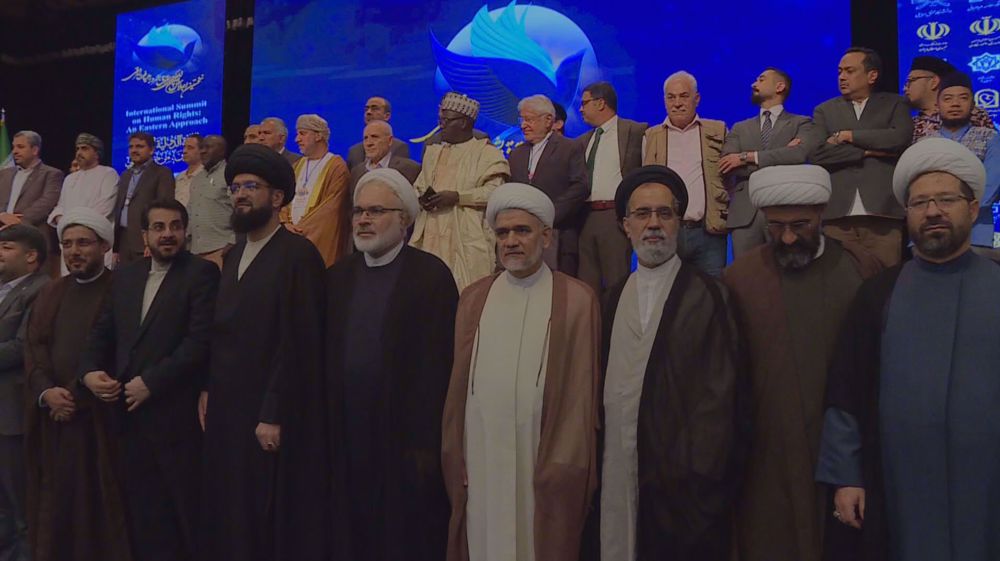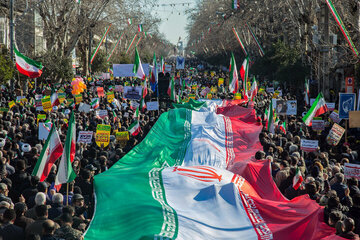Alwaght- The ISIS terrorist group is living in dire straits as it continues to sustain sweeping defeats in major battlefields in Syria and Iraq and its fighters day by day lose further morale amid fierce battle.
From alliance with the other terrorist organizations such as al-Nusra Front and seizing vast areas in both Syria and Iraq to receiving weapons from foreign patrons to push for its regional barbarity and then becoming target of the US-led international military coalition whose ostensible mission is fighting the terrorist group in the region’s hot spots, this is the string of the highs and lows ISIS has passed since its rise in the West Asia region in 2014.
The terrorist group additionally faces leadership crisis and its future is now shrouded in mystery as reports suggest that Abu Bakr al-Baghdadi, its leader and the caliph of the self-proclaimed caliphate, is killed.
Now that ISIS is grappling with serious challenges, a series of questions look inevitable: What will its future look like? Will its defeats in its strongholds Iraq and Syria mark its official end? Have its main supporters and creators, the Arab-Western camp, decided to disband it and thus get the honor of counterterrorism fight win? Has the US reviewed its plans that sought destabilizing the region for the sake of the Israeli interests, or the intensified anti-ISIS campaign is simply a tactical move?
To give appropriate answers to the questions, first there must be an examination of the Western intentions behind devising ISIS, then there must be an investigation of the current Western decisions in dealing with the terrorist group based on the creation goals.
Three drives stand behind ISIS creation:
Economic drives
Destabilizing West Asia has turned the region into a lucrative arms market as sides try to survive through fighting in the chaotic region. Emergence of terrorist groups of all type with highest degree of barbarity was integral to the way to a highly insecure region.
Guaranteeing Israeli regime's security
The Palestinian cause has been a top Muslim world concern for several decades. But the pro-Israeli sides, mainly the West, have been planning to drive Palestine out of the Muslims' focus.
One of the most efficient ways to preoccupy the Muslim world’s mind was supporting terrorism to divert the Muslims from the Palestinian people’s plight. This was another drive behind facilitating birth of ISIS to immerse the region in unceasing insecurity.
Curbing Islam growth in West
Islam with its main segments, ideology and jihadism, has often been painted, mainly by the media and authorities, as a dangerous challenge to the public opinion in the West. Waves of conversion to Islam in the West sent into a spin the secular regimes in the Western world and provoked their leaders to tarnish the image of Islam through defaming Muslims as barbaric and uncivilized. This need, in turn, pushed the Western intelligence services to turn head to developing fundamentalist groups that commit heinous crimes in the name of Islam.
To this end, the US created and armed a terrorist organization, branded as Islamic State in Iraq and Levant/ Syria. The US that an that has always tried to pretend itself as a human rights defender, used the situation to form anti-ISIS coalition in 2015 that helped Washington pose as counterterror forerunner as it did earlier.
On the other side of the line, other developments were underway. The battlefield developments went in favor of the Syrian and Iraq governments as part of the Iran-led Axis of Resistance. National armies, backed by popular voluntary forces, dealt heavy blows to ISIS terrorists, promoting the Western and Arab supporters' view that the terrorist group now has to be finished.
The Resistance camp’s pressures forced the American-led West to change policy on the ISIS future. However, the policy shift should meet some conditions: on the one hand, it should serve the US interests, keep the profitable American arms markets in the region, and serve the Israeli security, and on the other hand, carry less harm to the West, unlike ISIS that also damaged the Western countries' security by carrying out several attacks.
Therefore, the next expected scenario for ISIS after obliteration in Syria and Iraq is breaking it into smaller terror fractions. Smaller and weaker ISIS means less damage to the US and Western interests and also tighter control over the terrorists by the Western and allied intelligence services. This, on the other side, can pose further challenges to the Resistance camp because smaller terrorist groups will mean persistent terror perils in the region as smaller but various terrorist factions will fail to unite their stances and so will conflict with each other in quest of wider range of interests and areas of influence.
This strategy is a practical step towards breaking the region into smaller states. If a terror group, among many, stages mutiny against the US as its nurturer, it will certainly face others that rise in opposition to repress it. Moreover, small groups carry less potentials to conduct attacks in West, something meeting the Western objectives.
But for the Axis of Resistance, smaller terrorist groups are more challenging than a full-fledged terrorist organization. The smaller ones decline to hold a central command and are thus controlled by multiple centers. Absence of centralized leadership means several command centers will act of their own accord, a challenge consuming energy and focus of the Resistance forces as they have to address multiple fronts rather than one.



























